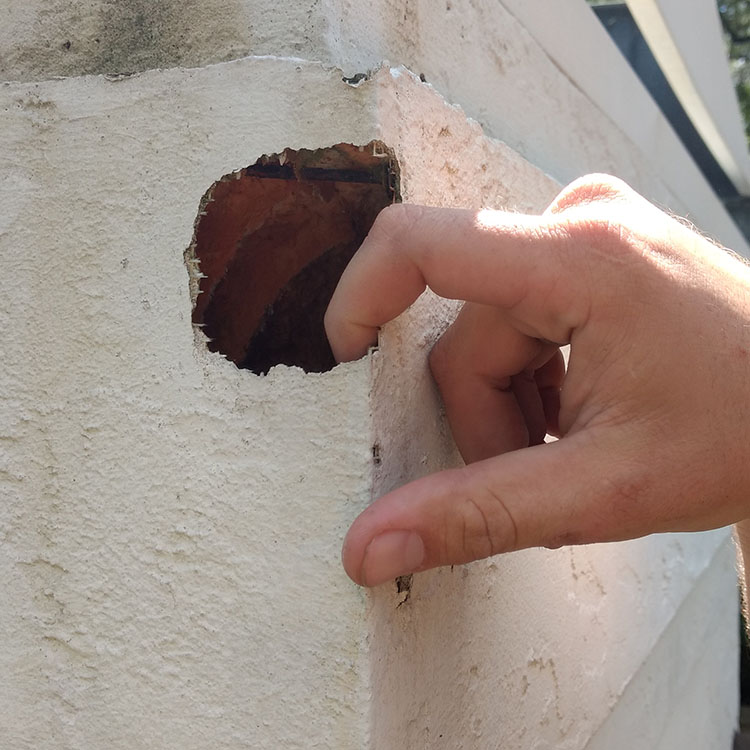How to Trap a Rat
Rat trapping is the single-most effective way to handle a rodent or rat infestation in your. Whether or not the rats are in your living space, attic, garage, barn, or other storage space in your home, nothing matches the effectiveness and efficiency of trapping. You can try fumigants, repellants, and other chemical-based solutions, but in the ned you will wish you spent money on some traps.
Finding the Rat's Point of Entry
Any wildlife control specialist will tell you that the most effective way to trap or remove any animal is to do your due diligence and observe their habits through an inspection. Taking the time to determine how rats are entering your property is not necessarily key to trapping them, but is essential to preventing a future rat infestation. This is dirty work and will require that you inspect high and low, from the attic down to the baseboards, behind appliances, and under furniture. You'd be suprised just how small of a hole rats can fit themselves into, and how high they can climb a seemingly unclimbable surface.

Locating Points of Entry in the Attic
Attic spaces have many possibilities for rats to enter them. Damaged fascia board, soffit, shingling, or paneling can easily make the area under your roof a prime spot for rats to nest. Damaged ceiling or wall paneling in the living space can also give rats a doorway into your attic. It's easy to spot roof openings during a sunny day, so make sure you do your attic inspection during the daylight hours. Be careful of any rat feces that you find, because wildlife feces is likely to carry bacteria or insects like mites and fleas.
Locating Points of Entry in Basements and Living Spaces
Basements and living spaces get more traffic than attics, so it will be more apparent when you have a vulnerability in either of these parts of your home. In the basement, check behind laundry appliances, boilers and water heaters, and any furniture or shelving. Rats like tight spaces. Bring a flashlight and don't put your face close to any spaces you think rats could be in.
In living spaces, move furniture and appliances and check for the presence of rats. You will likely find feces behind appliances and furniture if you have a rat infestation in your home.

Setting and Baiting Rat Snap Traps
If you've completed your inspection and found that you have a rat problem, purchase snap traps designed for the capture and killing of rats. These can be found at home supply stores, through online retailers, and at most hardware stores. Bait them with the kind of food that rats would eat. An easy option is peanut butter.
Checking Traps and Disposing of Dead Rats
Check your traps at least once daily. There's nothing worse that discovering that in solving your rat problem, you brought in maggots and flies because you left a rotting rat carcass behind the water heater. Check local guidlines for disposing on animal carcasses before you throw the dead rats in the garbage. Before disposing of the rats, do yourself a favor and wrap them in airtight plastic to prevent bugs and other animals from seeking out the dead animal.
